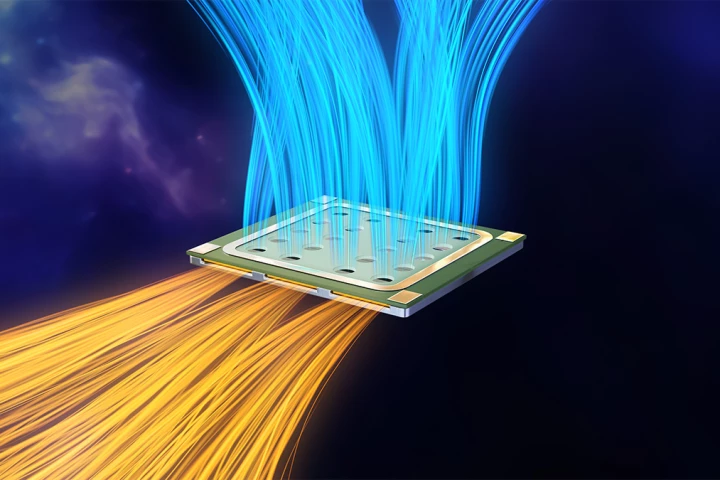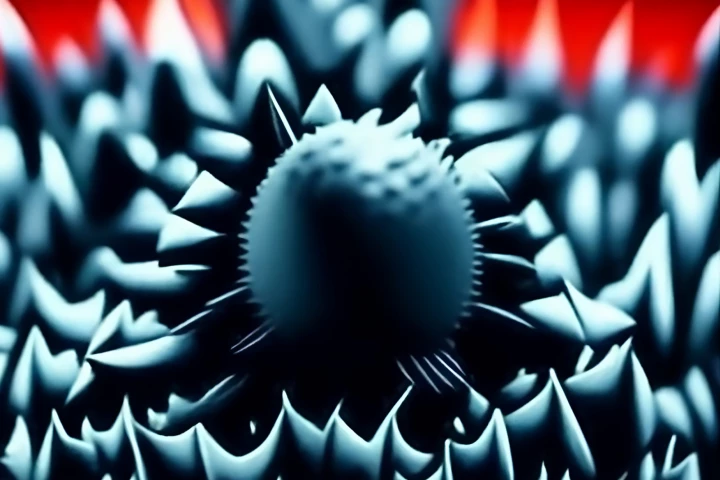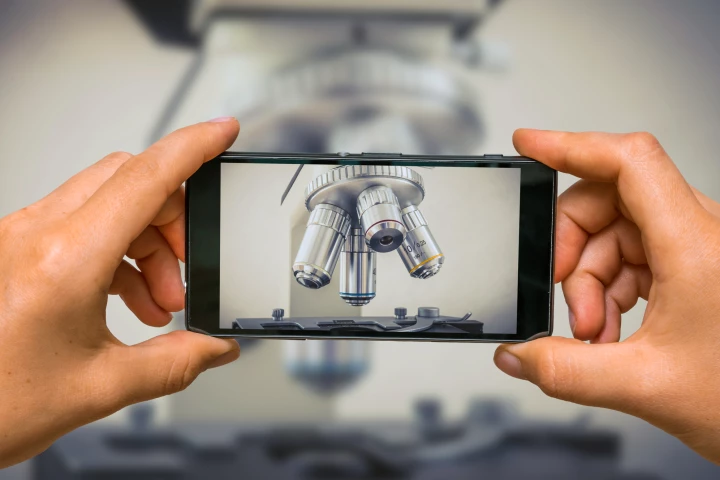Silicon
-
As our personal devices get smaller and are expected to do more – your phone, smartwatch, or wearable AI assistant – they can get hotter on the inside. xMEMS' tech can deliver airflow in these products with a chip smaller than a microSD card.
-
xMEMS Labs launched a solid-state micro-speaker last year that was designed to bring full-range sound to open earphones. Now the Sycamore has been tweaked to produce "the world's thinnest speaker designed specifically for wrist-worn wearables."
-
Last year, xMEMS Labs embarked on a mission to replace legacy coil-based speakers in wireless ANC buds with silicon-based solid-state micro-speakers. Now the company has a new full-range flavor for open-fit earphones.
-
Silicon is so important for electronics and computing that it’s become synonymous with technology, but the stuff has its flaws. Now scientists have created a way to make super-pure silicon chips that could pave the way for stable quantum computers.
-
Two of the first-ever desktop computers have been found in storage boxes at Kingston University in London. A milestone in human achievement, the Q1 microprocessor computer was released more than half a century ago, and only one other is known to exist.
-
Researchers developed a nanospiked surface that was 96% effective in destroying a common virus responsible for causing respiratory illnesses in children. The technology could safeguard researchers, health workers and patients from viral spread.
-
Scientists have found that a “superatomic” material is the fastest and most efficient semiconductor ever. Taking advantage of a tortoise-and-hare mechanism, the new material can transport energy much faster than silicon.
-
Back in April, xMEMS Labs revealed solid-state technology aimed at replacing coil-based speakers in audio wearables like in-ear monitors. Now the company has partnered with Creative Technology for an upcoming pair of true-wireless earphones.
-
A brand new form of silicon might help extend its use into the future. Engineers at North Carolina State University have discovered a material called Q-silicon, with new properties that could have important uses in quantum computers and spintronics.
-
Scientists have created the world’s smallest wine glass, narrower than a human hair. Made out of actual glass, the model is a test run of a new 3D-printing process that could help make nanoscale glass components for electronic and optical devices.
-
Move over, macro: researchers have created the world’s smallest silicon LED and holographic microscope, and among its uses is a hack that'll let you use your smartphone to view objects as tiny as a single human skin cell in brilliant high resolution.
-
xMEMS Labs is aiming to replace century-old coil-based speaker technology with silicon-based microspeakers, and has launched three Solid-State Fidelity solutions for use in upcoming true-wireless earphones, in-ear monitors and digital hearing aids.
Load More








